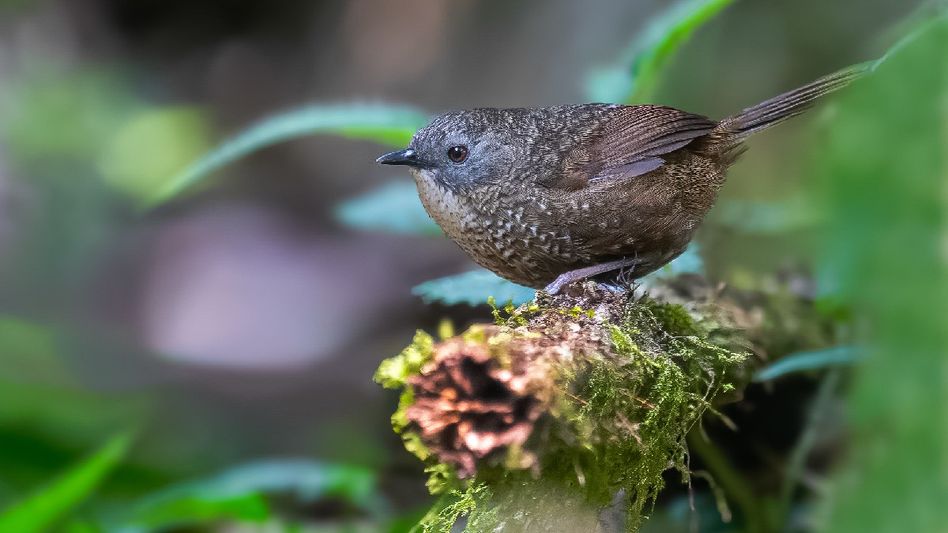Rare songbird Naga Wren-Babbler spotted in Nagaland, conservationists excited
The Naga Wren-babbler, also known as the long-tailed wren-babbler, thrives in the dense undergrowth of evergreen forests, typically near water sources. Its restricted distribution and vulnerability make sightings particularly special for bird watchers and conservationists alike.

The Naga Wren-babbler, also known as the long-tailed wren-babbler, thrives in the dense undergrowth of evergreen forests, typically near water sources. Its restricted distribution and vulnerability make sightings particularly special for bird watchers and conservationists alike.
During a dedicated birding expedition to the hills of Nagaland, Assam's Tomal Gogoi and his team of enthusiasts were thrilled to encounter the elusive Naga Wren-babbler, a vulnerable and endemic species found only in Nagaland and Manipur.
The group embarked on the Khonoma Dzükou trail, climbing to elevations between 6,000 and 8,000 feet, in hopes of spotting this rare bird.
The arduous climb was rewarded with a surprising and memorable sighting, as Gogoi narrates his experience. Both the male and female Naga Wren-babbler (Spelaeornis chocolatinus) were observed foraging near a water stream, offering the best view the birders could have hoped for.
The Naga Wren-Babbler has recently been classified as near threatened due to its declining population. This bird species, part of the Timaliidae family, is found exclusively in the Indian states of Nagaland and Manipur.
Several former subspecies of the Naga Wren-Babbler have been recognized as distinct species: the pale-throated wren-babbler (S. kinneari), Chin Hills wren-babbler (S. oatesi), and grey-bellied wren-babbler (S. reptatus). Collectively, these birds were previously grouped under the name long-tailed wren-babbler.
The natural habitats of the Naga Wren-Babbler are subtropical or tropical moist montane forests. The reclassification of related species has revealed that the remaining populations of S. chocolatinus are small enough to merit an upgrade to near threatened status from the previous IUCN assessment of least concern. This shift underscores the need for heightened conservation efforts to protect these vulnerable bird populations and their diminishing habitats.
Copyright©2024 Living Media India Limited. For reprint rights: Syndications Today









